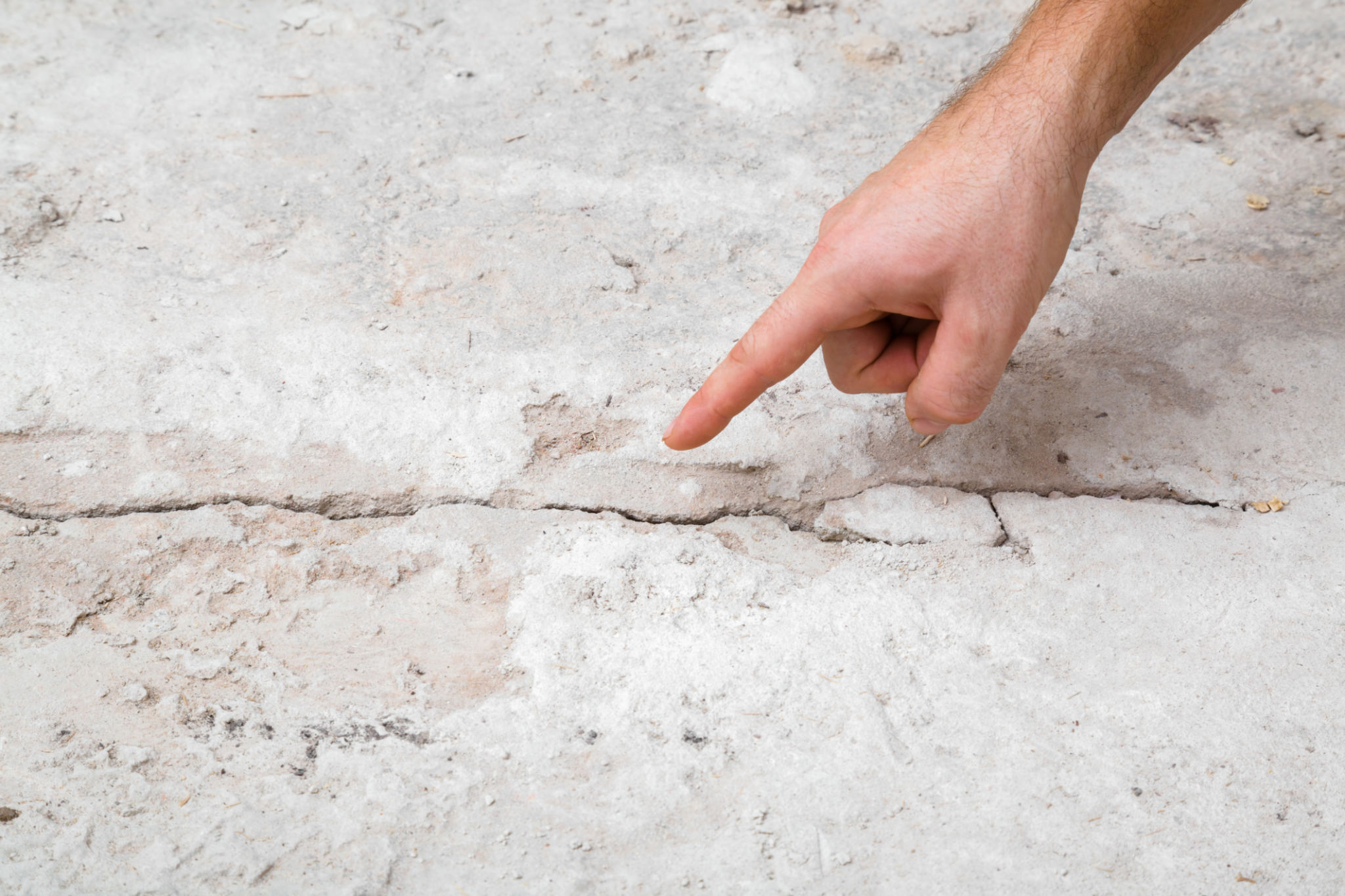Springfield Seasonal Flooring Tips: Preparing Your Epoxy Floors for Winter
Understanding the Impact of Winter on Epoxy Floors
As the cold season approaches, it's essential to consider how winter conditions can affect your epoxy floors. Temperature fluctuations, moisture, and increased foot traffic from holidays all contribute to potential wear and tear. By understanding these factors, you can take proactive steps to maintain the durability and appearance of your flooring.
Winter can pose challenges such as increased moisture from snow and ice, which may lead to slipping hazards and potential damage if not managed properly. Therefore, preparing your epoxy floors for winter ensures they remain in excellent condition throughout the season.

Cleaning and Maintenance
Ensuring your epoxy floors are clean before winter sets in is crucial. Begin by sweeping or vacuuming to remove debris and dirt. A thorough cleaning with a mild detergent and water will help eliminate any stains or residues that could become more pronounced with winter's extra moisture.
Regular maintenance is equally important during winter. Consider establishing a weekly cleaning routine to keep your floors free from salt, sand, and other abrasive materials that can scratch the surface. Use a soft mop and gentle cleaning solutions to avoid damaging the finish.
Protecting Against Moisture
Moisture control is a key factor in maintaining epoxy floors during winter. Consider placing absorbent mats at entryways to reduce the amount of water tracked onto your floors. These mats can help catch snow and ice, minimizing moisture exposure and preventing slip hazards.

Additionally, ensure your space is well-ventilated to prevent condensation buildup. Proper air circulation will help maintain a dry environment, reducing the risk of damage to your flooring.
Using Rugs and Mats
Strategically placing rugs and mats in high-traffic areas can provide extra protection for your epoxy floors. Choose durable rugs that can withstand moisture without slipping. This added layer of protection will help minimize scratches and keep your floors looking pristine.
When selecting rugs, opt for those with a non-slip backing to ensure safety and prevent accidents. Regularly check and clean under these rugs to prevent dirt accumulation that could potentially damage the epoxy surface.

Temperature Management
Epoxy floors can be sensitive to extreme temperature changes. To mitigate this, maintain a consistent indoor temperature during winter. Sudden fluctuations can cause the flooring to expand or contract, leading to potential cracking or separation from the substrate.
If possible, use heating systems that distribute warmth evenly across the space. This approach will help maintain the structural integrity of your epoxy floors throughout the colder months.
Regular Inspections
Perform regular inspections of your epoxy floors to identify any signs of wear or damage early. Look for cracks, chips, or areas where the coating may be peeling. Addressing these issues promptly can prevent more extensive damage down the line.
If you notice any significant problems, consider consulting with a professional to assess and repair your flooring. Professional maintenance ensures that your epoxy floors remain in optimal condition year-round.

By following these seasonal flooring tips, you can protect and maintain your epoxy floors during winter. With proper preparation and care, your floors will continue to provide durability and aesthetic appeal throughout the season and beyond.
